It has been a while since the first mobile application reached the market. The value of every new innovative idea in the app field grows exponentially as it becomes harder and harder to invent something entirely new. Suppose you are the lucky one and have a sparkling new idea for an application that no one has developed before. In that case, the first thing you should think about is how to protect your app idea from being stolen. Using these 10 strategic recommendations, you will have a better chance of keeping your brand-new application safe from competitors until it can be released to the public and after.
1. Work on your idea separate from your employment work
New app ideas often come to mind when people are working on something else for someone else. If this is your story, never mix your primary job with working on your startup. Most companies in the IT-sphere require employees to sign a Confidentiality and Invention Assignment Agreement. It means the employee passes the ownership of any new idea related to the employer’s business to the employer.
Richard Harroch, Managing Director and Global Head of M&A at VantagePoint Capital Partners, states, “Unless an employer expressly approves side projects (without claiming an ownership right), it is a bad idea to use company resources and time to do something other than your day job.”
Your app idea deserves a trusted team of dedicated software developers. Contact the KeyUA experts for an immediate start!
Get In Touch2. Build a reliable like-minded team
Lots of successful startups began from a couple of like-minded people. And it's no coincidence. When your future product is at the investigation and evaluation stage, fewer people involved means fewer sources for information leaks. You need to control the number of people having access to your project at every step. And in a perfect scenario, these people should be reliable and highly motivated about your idea’s success.
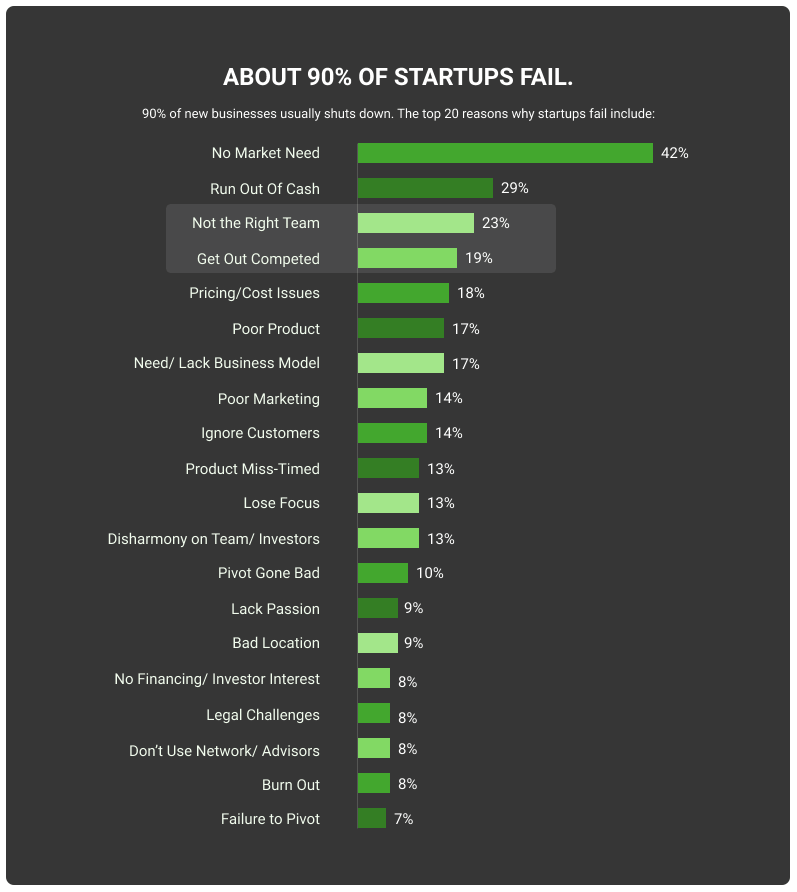
If you have a co-founder, agree on all the terms of your relationship towards your app idea. If you omit this step, it may cause lots of potential threats in the future. The key points to consider include:
What percentage of the company belongs to each co-founder?
What are the responsibilities of each co-founder in the project?
How will you share the ownership of the app idea and the future ready-made project?
What if a co-founder leaves? What rights will they have regarding the product?
What is each co-founder’s role in making decisions during the development process?
3. Non-Disclosure agreement
Turning the idea into a live application involves third-parties like designers, developers, QA-specialists, marketing experts, etc. One way to protect your app ideas from being stolen when outsourcing its development is by having all contributors sign a non-disclosure agreement. According to Wikipedia, an NDA “is a legal contract or part of a contract between at least two parties that outlines confidential material, knowledge, or information that the parties wish to share with one another for certain purposes, but wish to restrict access to.”
In the case of app idea protection, an NDA helps in several ways:
The originality of method: When working with 3rd parties, it protects the methods used to go from an idea to a product.
Confidentiality: When working with independent contractors and investors, all people involved legally agree to keep your idea and all related information secret.
Trade secrets: It protects your main competitive advantages from being disclosed
Business relationship: It helps to resolve conflicts by clearly stating the rights of each signee.
An NDA is highly useful in a team setting, as it creates a safe environment for dealing with your sensitive information. Take time and hire a business lawyer to write an NDA that will fully reflect your needs towards securing non-public information. A correct legal foundation is essential in protecting your app idea from the start. Generic NDA templates are a bad option because laws vary from country to country and may differ in states within one country (like in the USA).
4. Non-compete agreement
If your team members sign a Non-compete agreement (NCA), it prevents them from joining a competitor after leaving your business. It protects your trade secrets from exploitation by competitors for a defined period. If you have valuable commercial secrets to protect and have enough funds to compensate for the temporary unemployment of ex-workers, it makes sense. It is common among big companies like Google or Apple. Small startups usually dismiss this step due to the lack of financial support. However, if your startup is well-funded and you are developing a brilliant idea, consider an NCA as an additional prevention measure.
5. Document everything
Routine documentation is exhausting for most inventors. But while the project is evolving, don’t ignore putting all progress in writing. Document your brainstorming sessions and virtual and in-person meetings with all consultants and contributors. Document your app code and everything related to your app idea development. If faced with the need to protect your intellectual property in court, all these documents will help prove your stance.
6. An MVP enforces your app idea protection
The initial stage of a mobile application idea turning into a commercial product is an MVP (minimum viable product). It is an app version with minimum functionality that serves to test the concept with real users. It helps identify the full product version’s potential outcome and outline directions for changes and improvements. Further, the app features are upgraded and extended based on user feedback.
Once an MVP is released and becomes available for public use, your app idea becomes protected by the copyright as the first published.
Need to streamline your app MVP development for a quick yet powerful start? Get a knowledgeable and experienced development partner!
Get A Free Quote7. Copyright
Copyright is the most recognized term when it comes to protecting intellectual property. Copyright literally means ‘right to copy,’ stating that only the original creator (and anyone authorized by him) of the product has the exclusive right to reproduce it. The problem is that you cannot copyright an app idea. The law protects only idea expression. For instance, you can copyright:
The source code (not the one that you licensed from someone else or open-source code, just scripts and code parts you exclusively wrote by yourself)
The app logo
The app design
In-app copy
Usually, copyright registration doesn’t take long and is affordable. For instance, in the USA it won’t take more than $1000.
8. Have your contractors assign their IP to the company
Since your contractors are actually ‘creating’ your future application, technically, they are the first owner of the copyright. Any code a developer writes, any image and graphic element a designer draws, is their intellectual property. That is why you should get them to sign over any copyright to you. It will prevent copying valuable parts of your app after it enters the market.
9. Trademarking
One of the frequent mistakes among new brands is securing technology and overlooking branding elements' protection. However, protecting the app name and other identity items should be prioritized.
In the mobile app market, trademarking prevents others from using your name or logo. Typically, a trademark costs about $200 or less, so no harm if you decide to go with another word or logo in the future. Trademark your brand elements as soon as possible, even if it is just a draft. While your idea will go to the market, no one will be able to use them. The following basic elements can be trademarked:
Logo
Brand name
Symbols
Icons
Theme line
Brand color (if it is unique)
Sound
Movement
The list may vary depending on the app character. For instance, if you’re using a custom theme and invent some unusual names for the features, they also can be trademarked as a part of your unique brand identity.
Trademarking won’t totally secure your brand from exploitation by other companies. For example, in 2016, Apple lost the exclusive right to use its iPhone trademark against a Chinese leather accessories manufacturer because the license didn’t cover the usage of the iPhone trademark in this market segment. Trademark your brand wisely, observing all potentially unwanted uses.
10. Patenting an app idea
In comparison to a copyright, a patent can protect the app’s initial idea, the app code, algorithms, specific functioning methods, and anything else a) new; and b) non-obvious. It is the most potent form of intellectual property protection.
Steps to get an app idea patent
First, find a patent attorney and discuss all the ins and outs of your case.
Prepare a mobile app invention disclosure. You need to prepare the proof of your invention. Here, the detailed project documentation and app prototype may help.
A patent is issued against the app functionality and processes, not against the code. You will need to prepare a flowchart of the app to explain the matter for patenting.
Perform research. Surf on the internet, check the lists of marketable app ideas for 2021, and make sure no one else plans to use an idea like yours for their business. Then make sure that there is no similar app idea already patented. Otherwise, issuing a patent is a sheer waste of money and time.
Choose the type of patent application: provisional or non-provisional. The first one is granted for a year to create an MVP; the second one is requested for an already existing app to obtain a utility patent.
Submit a patent application.
Wait : ) depending on the application type and other organizational circumstances, it can last up to 48 months until you get the app or app idea patented.
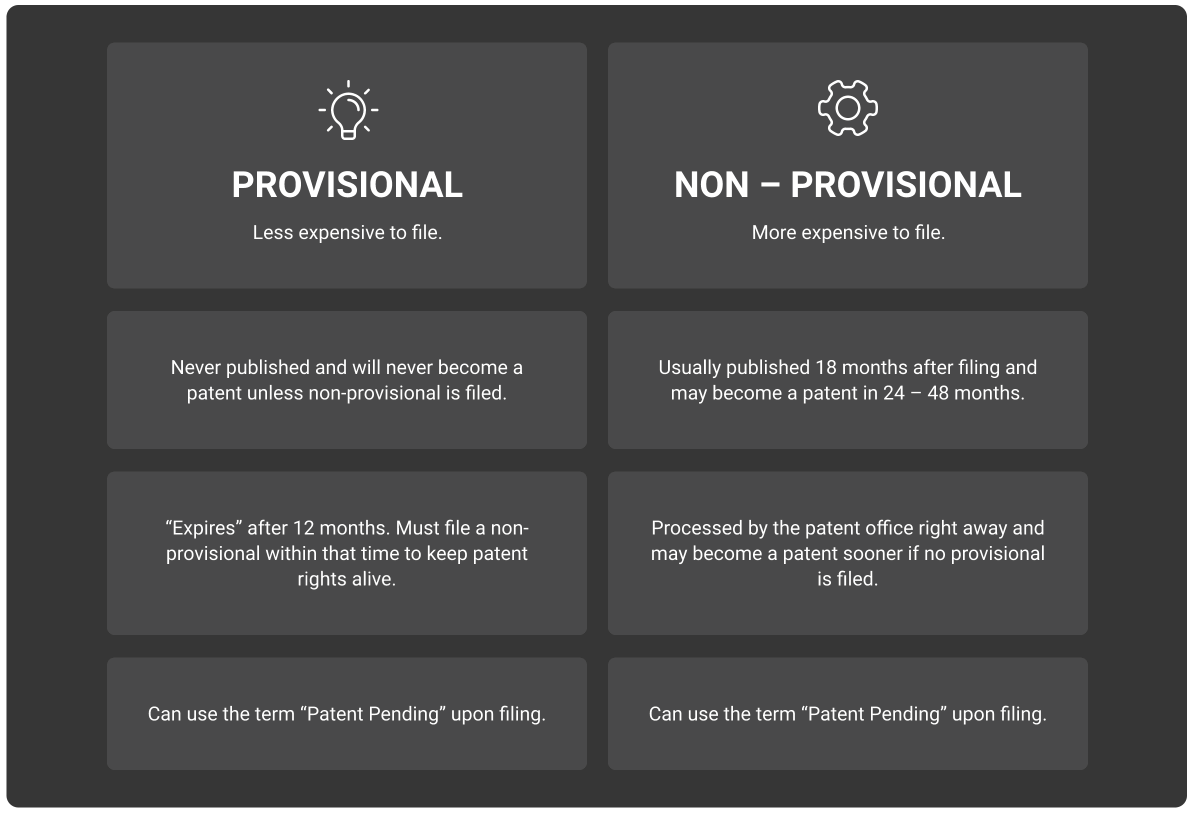
Arguments against patenting
Patenting apps and app ideas at the start are somewhat controversial. Software development experts and experienced startup loaders have doubts regarding the need to patent app ideas for specific reasons:
Patenting is a time-consuming process that can last for years. Until you get the patent, someone can go to market with a similar ready-made application.
The price is high ($3,000-$20,000 for an iOS or Android app). For startup teams that often lack funding or have strict budgets, investing the same amount into MVP development is more efficient.
In the process of app concept development, the idea can end up transforming into something new. In this case, the initial patent idea doesn’t make much sense.
Not all patents are approved, so you are risking spending resources for nothing.
However, if you have an original idea and enough resources to go with the patenting, consider this step.
What if my app idea was stolen?
The good news is that the idea wouldn’t have been stolen if it wasn’t a good one. Accept the theft as a compliment. Experts don’t advise using this fact as a reason to stop development. “The most brilliant idea, with no execution, is worth $20. The most brilliant idea takes great execution to be worth $20,000,000”, according to David Sivers, the founder of CD Baby, the biggest global online seller of indie music.
The idea execution defines marketing success. There are dozens of apps like Uber, and its concept has been replicated in many other areas besides taxi driving, but only Uber became globally renowned.
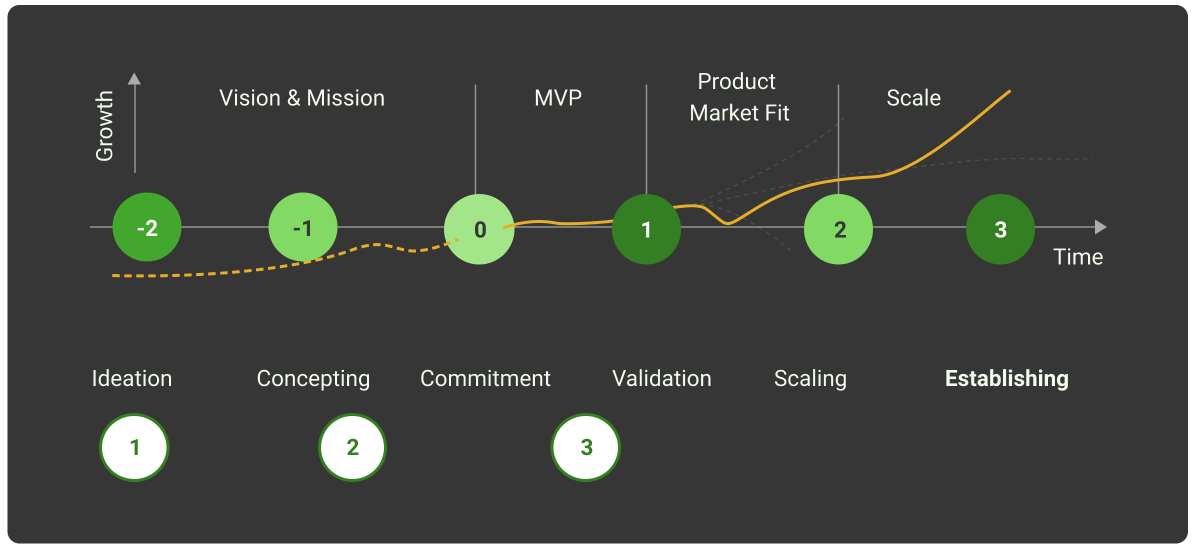
As you see above, ideation is just the first step in the long path of setting up a business. In case of theft, you can develop an application that surpasses the thief's solution in usability, functionality, and value for customers.
How to deal with the stolen trade secrets?
Trade secrets are under judicial protection in both the civil and criminal context. You are eligible to file a lawsuit to set proper penalties. From the economic point of view, the potential impact depends on how the stolen information has been used, if the competitors managed to use your trade secret in their products or services.
The only way to resist severe damage to your app idea is never to stop thinking and upgrading your concept with new exciting traits. Try to go further and develop an alternative approach to compensate for the theft. Very often, such extreme conditions give rise to more successful solutions.
There is a room for more than one application of the same kind
There is no need to be unique to become successful. There’s zero to none unique ideas in the app world. And there will always be competitors. If you found out that your idea was stolen, you can bring a case to the court and prove your ownership rights. If the idea was stolen at the stage of concept and has no protective methods applied, just go on with the development and do your best to invent unique competitive advantages. Rely on research and creativity. Remember that prevention is the cheapest way to protect your idea for an app from leakage.
What to do if my code was stolen?
Copyright law protects code similar to any other creative work expressed in written form. Make sure to copyright all unique code fragments of your app as soon as they are written. All your code must tie with the following requirements:
Be fixed in a tangible medium of expression. It must exist on paper, disk, or memory storage (cloud, computer RAM, any memory drives, etc.).
Be minimally creative. Copyright protects the product of at least a minimum amount of creativity.
Be independently created. There is no room for suing someone for copying the code you borrowed from others.
If your code satisfies all criteria above, enlist a good attorney's help and sue the thief. However, weigh all the options. Sometimes, the courts are too costly and take too long. Is it worth the hassle?
Conclusion
These 10 steps maximally protect your app idea from theft on all stages, from being raised to becoming a real market product. The more levels of protection you adopt, the more legal rights you will have towards your intellectual property. Nevertheless, there’s always a risk that your brilliant insights will inspire competitors, investors, or your team members to develop on their own.
Like B.C. Forbes said, “Everything first takes shape in the form of an idea. But an idea by itself is worth nothing. An idea, like a machine, must have power applied to it before it can accomplish anything.”
If you want to apply power to your idea and make it work, get a reliable and professional development team. Partnering with a credible developer is the best way to protect your app idea from being stolen or corrupted. KeyUA provides a transparent and safe environment for matching your creative ideas with high-end technologies. We respect the trust, confidentiality, and full commitment to the success of every client’s project. Create safely with us!
Looking for a trustful and reliable software development team for your next startup? Get complete safety and exceptional respect for your intellectual property with KeyUA.
Consult Our Experts

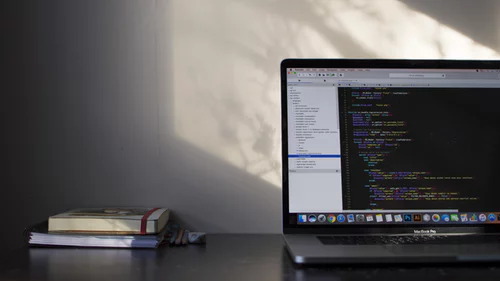
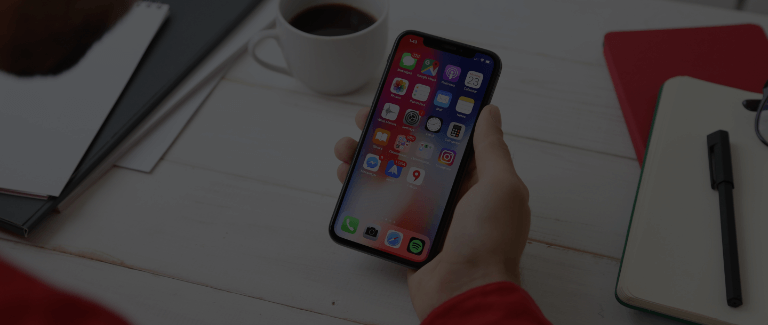

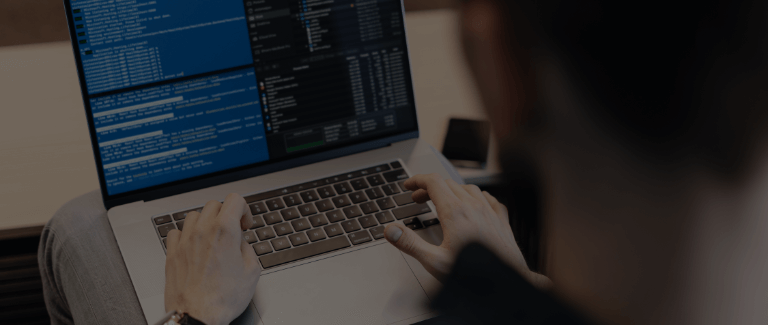

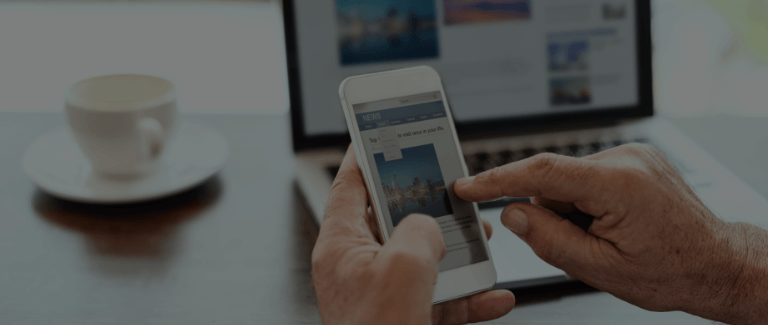
 Unit 1505 124 City Road, London, United Kingdom, EC1V 2NX
Unit 1505 124 City Road, London, United Kingdom, EC1V 2NX

Comments
Leave a comment